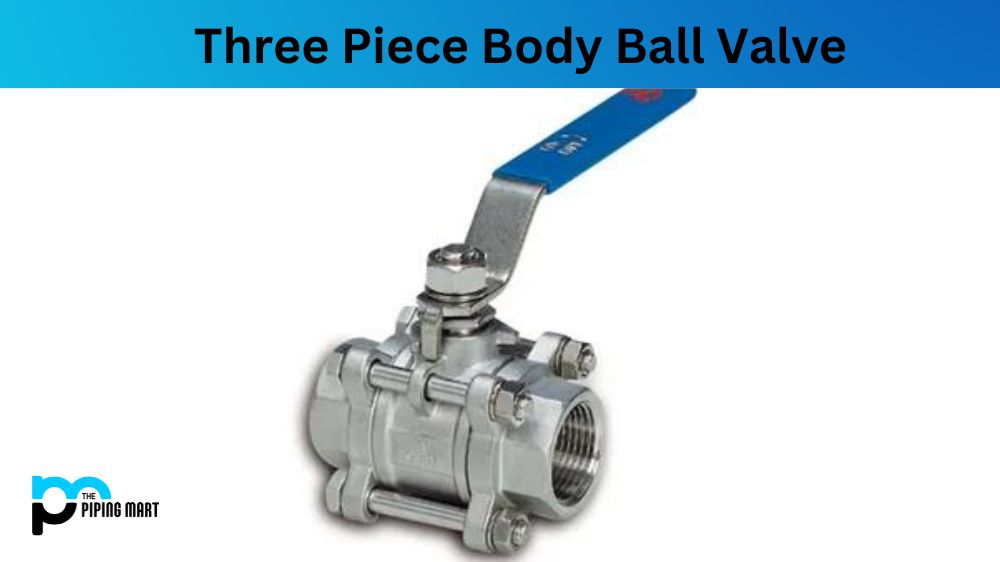What is Pressure Drop
The phenomenon known as pressure drop can affect process piping systems. In a network that carries fluid, the pressure drop is the difference in total pressure between two sites. Whenever a liquid material enters one end of a piping system and exits the other, there will be a pressure decrease.
The friction from fluids rubbing up against piping parts and inner pipe walls causes pressure loss.
It can be computed using engineering models for a specific system utilizing the fluid type, flow rate, pipeline layout, and specifications, including pipe diameter, system component specifications, pump specifications, and more.
Dropping pressure is not necessarily a bad thing in and of itself. Knowing how to calculate it in a particular pipeline enables engineers to properly design a system and choose elements like the pipe diameter, the requirements for the pump, and the kinds of valves to be used, among other things. If the pressure drop is not properly understood for a given installation, there are also adverse effects.
System pumps will have to work harder due to higher energy consumption if there is an excessive pressure drop in the system, which also raises the temperature of the working fluid. In addition to increasing component wear and presenting potentially hazardous overpressure circumstances, pressure dips can expand the system’s overall pressure. Finally, a high-pressure drop can cause system cavitation, which can damage pipes or might render some components of piping systems unusable due to low operating pressures. Along with these drawbacks, pressure drop generally has adverse effects.
How Does It Affect Your Processing System?
Process plant engineers can calculate the size of the pumps/motors needed and the process pipe diameter necessary to convey a given product through a piping system by first determining the pressure drop connected to a particular fluid-carrying network.
The quantity of energy required to maintain the target process flow increases with line pressure drop, necessitating a higher horsepower motor.
On the other hand, less energy is used when there is a reduced pressure drop in a piping system, making it possible to employ a motor with a lower horsepower. The pressure drop also determines the entire system’s pressure head requirements.
A pressure head (also known as a pump pressure head) is the maximum height that a given pump can raise a column of water, usually measured in meters.
It essentially serves as a gauge for the force the pump applies to the fluid it is pumping. You might compute the pump pressure heads or get them from the pump maker. Regardless of how it is decided, any pressure drop that is otherwise present in a piping system must also account for the pump pressure head.

Pipingmart is B2B portal specializes in industrial, metal and piping products. Also, share latest information and news related to products, materials and different types grades to help business dealing in this industry.




